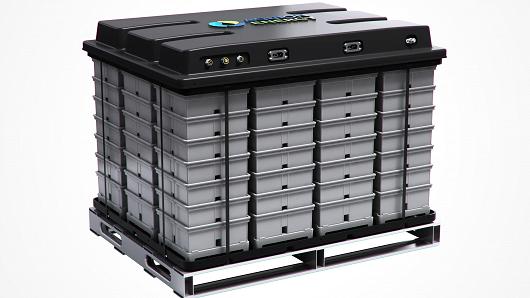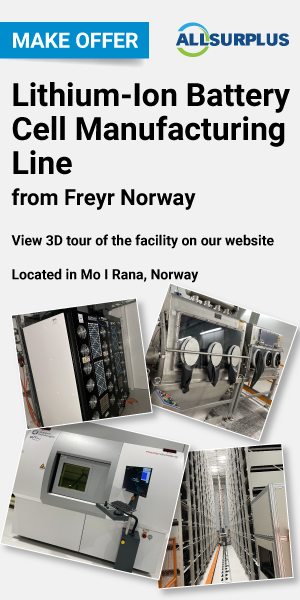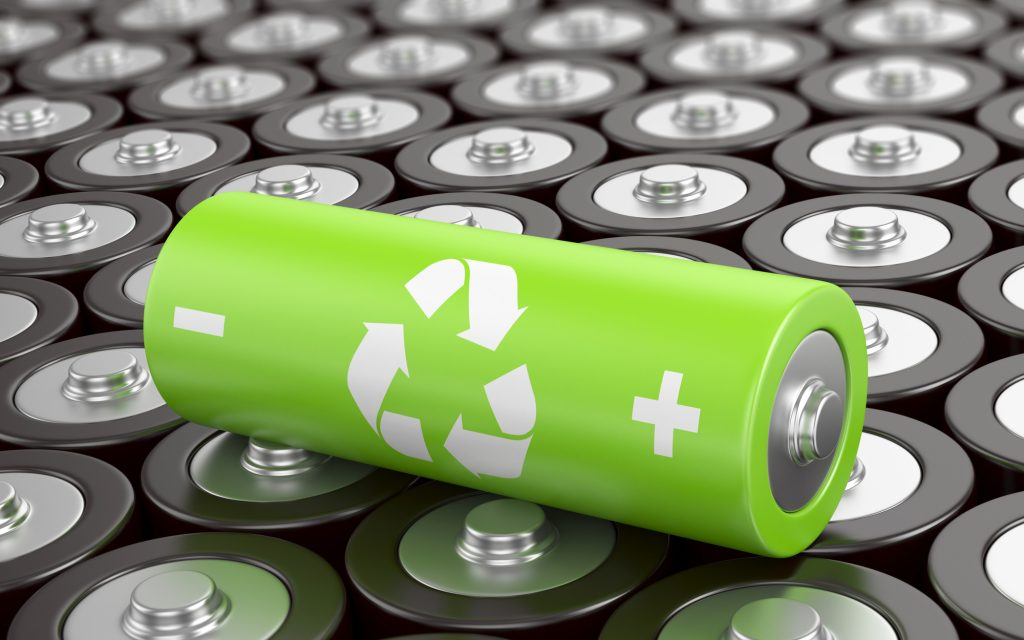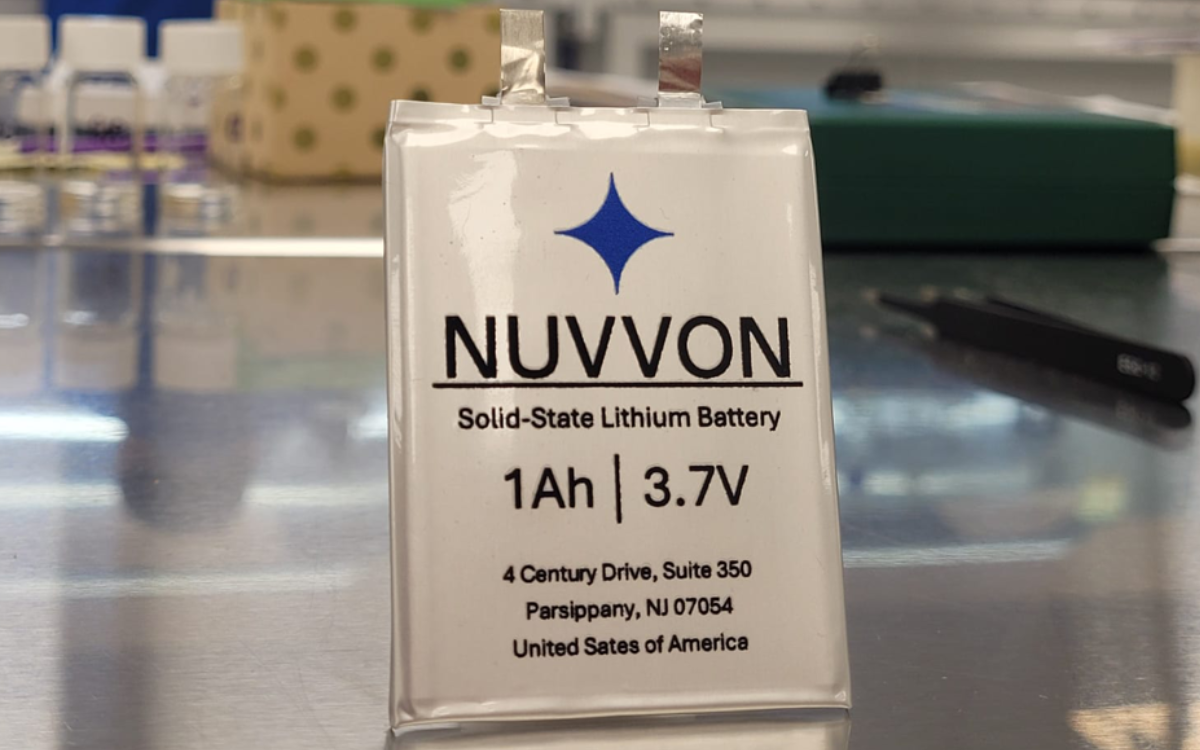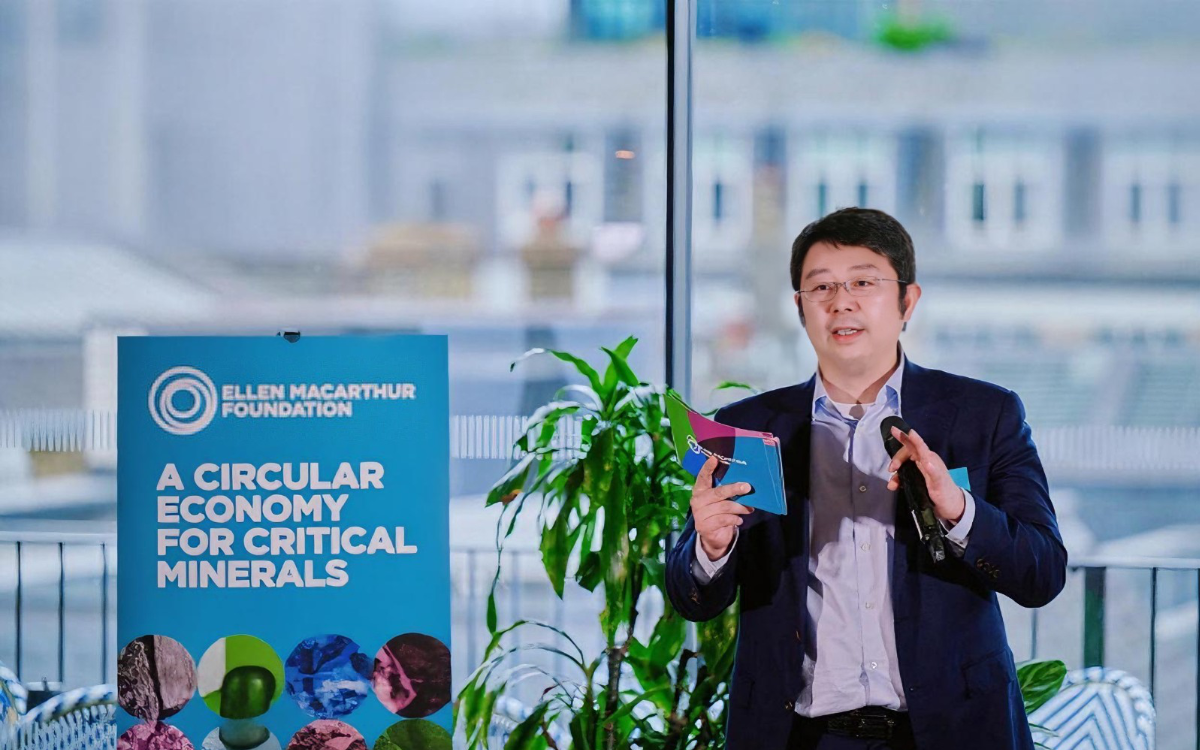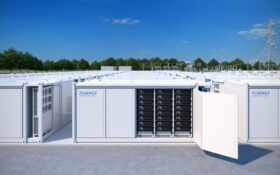A materials science professor has won a US$500,000 award for his saltwater battery that could one day be used for domestic renewable energy storage.
Dr Jay Whitacre, at Pittsburgh’s Carnegie Mellon University, was given the 2015 Lemelson-MIT Prize for inventing the aqueous hybrid ion battery.
The Aqueous Hybrid Ion (AHI™) battery uses a saltwater electrolyte, a synthetic cotton separator, a manganese oxide cathode and an activated carbon composite anode.
The company’s smallest product has a nominal energy of 2.3kWh at 20 hour discharge and can operate at -5 to 40˚c.
The scalable units are designed for stationary, long-duration, or daily cycling applications.
The units would cost between US$1,000 and US$3,000, making it a direct competitor to many energy storage system units on the current market.
The battery lasts for about 3,000 cycles and can capture enough wind or solar energy to power a family home.
Dr Whitacre, who founded Aquion Energy in 2008, follows in the footsteps of Douglas Engelbart, the inventor of the computer mouse, and DNA sequencer inventor Leroy Hood, both former award recipients.

